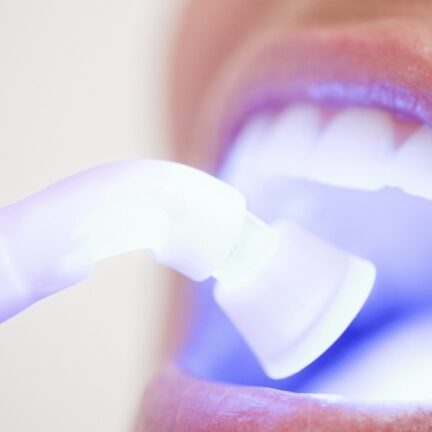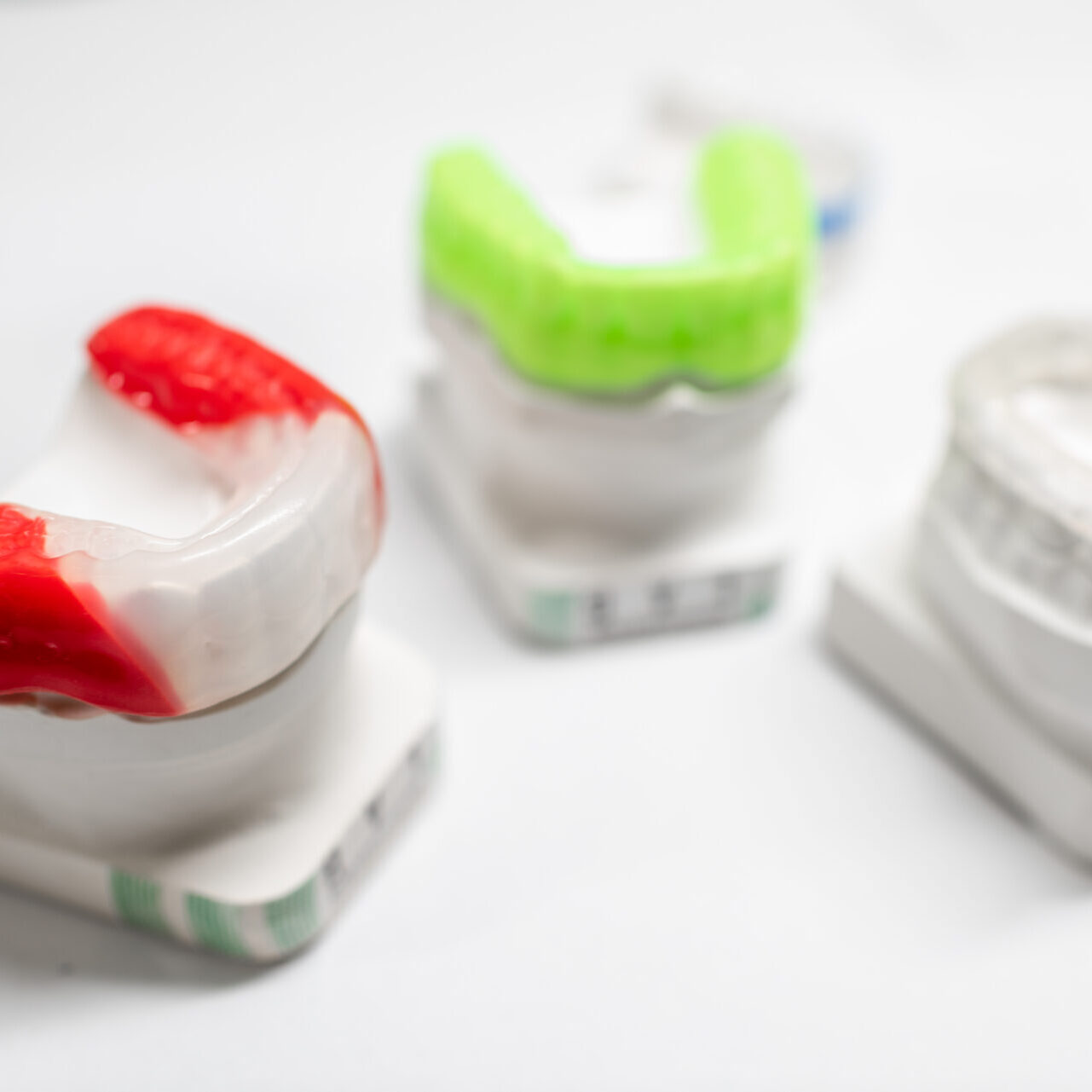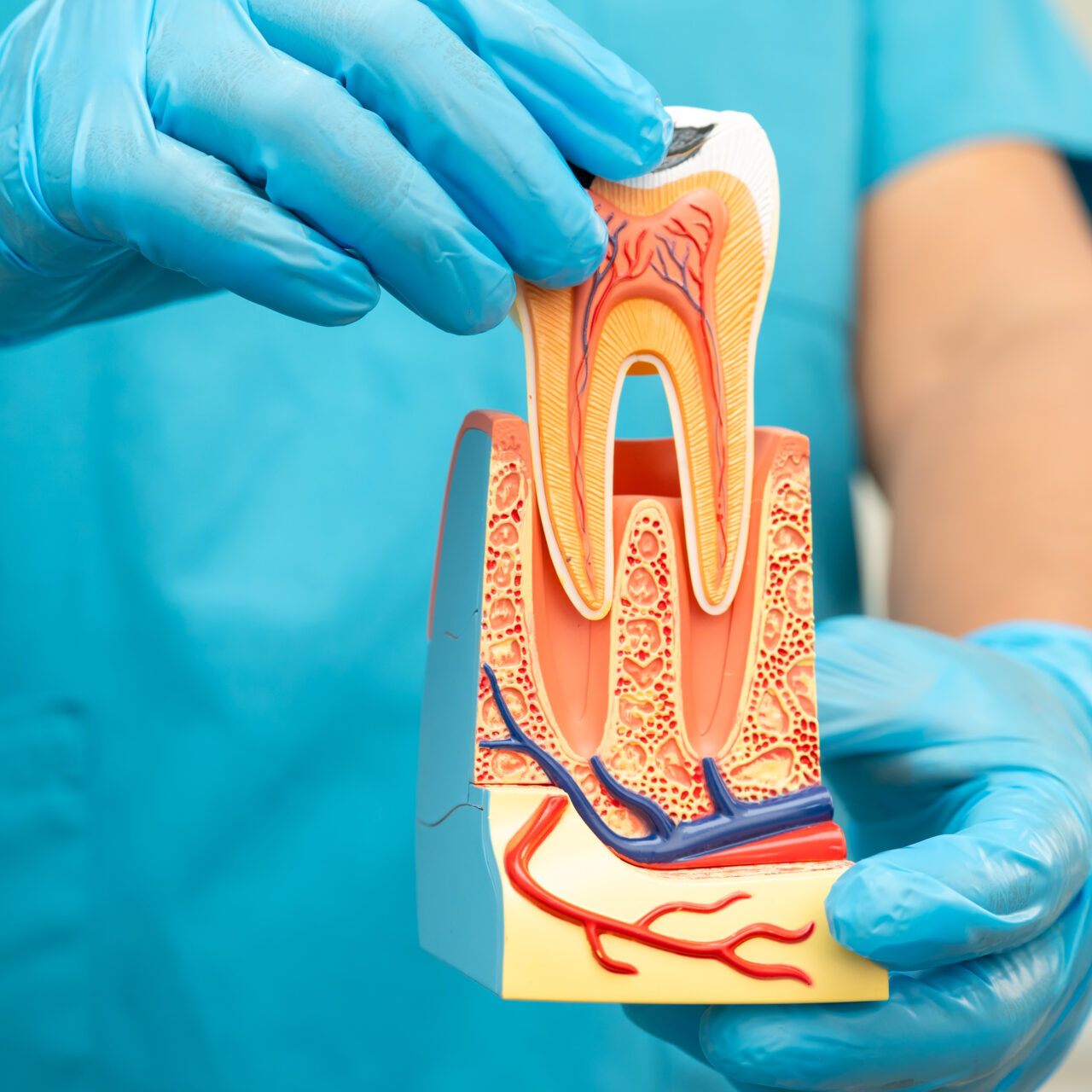Fillings
Strong, Natural-Looking Fillings from Your Trusted Ferntree Gully Dentist
At Mountain Gate Dental Clinic, we offer a range of tooth filling options to restore teeth affected by decay or injury. Fillings help repair damaged teeth, prevent further decay, and restore strength and function — all while blending naturally with your smile.
As a leading dentist in Ferntree Gully, we provide both intracoronal and extracoronal fillings, depending on your individual needs. Intracoronal fillings sit inside the tooth and are supported by the remaining tooth structure. Extracoronal fillings, such as crowns or onlays, cover and protect the tooth, and are often made in a dental laboratory.
We offer a variety of filling materials, each suited to different types of dental restorations:
-
Composite Fillings – Tooth-coloured resins that bond directly to the tooth, ideal for small to medium cavities.
-
Glass Ionomer Fillings – Biocompatible and tooth-coloured, commonly used near the gum line or on tooth roots.
-
Porcelain Fillings (Inlays/Onlays) – Durable and aesthetically pleasing, ideal for larger restorations, made from high-quality ceramic materials.
Our team will help you choose the best option based on the size, shape, and position of your cavity, ensuring a lasting and comfortable result.

Contact our Team
Monday – 8am – 5:30pm
Tuesday – 8am – 5:30pm
Wednesday – 8am – 5:30pm
Thursday – 8am – 5:30pm
Friday – 8am – 5:30pm
Saturday – 8am – 2pm
Saturday afternoon & evenings by appointment
Phone
(03) 9758 5611
mgdentalreception@gmail.com
Address
41a Mountain Gate Shopping Centre
1880 Ferntree Gully Rd
Ferntree Gully VIC 3156
Parking
Street parking available












